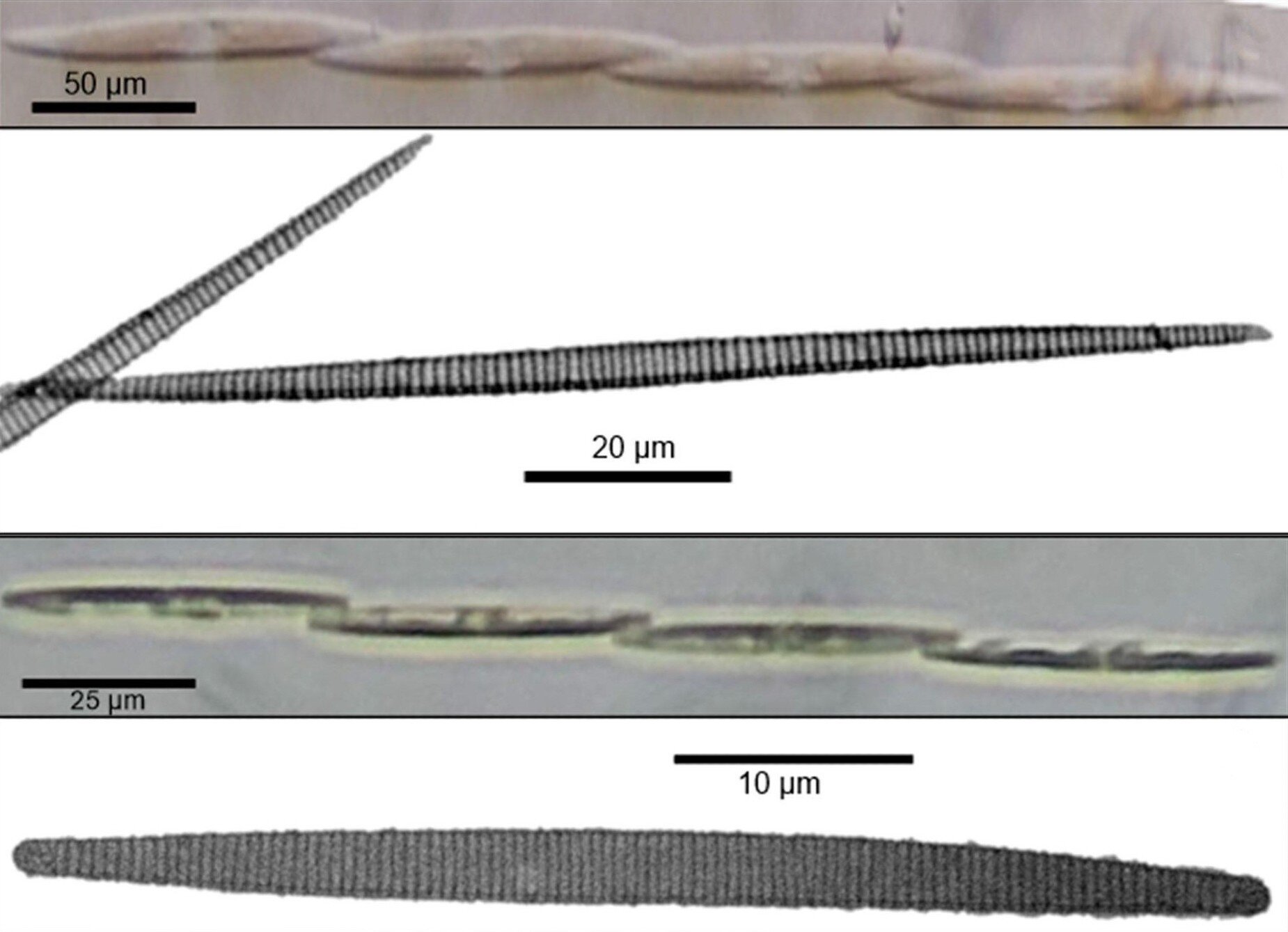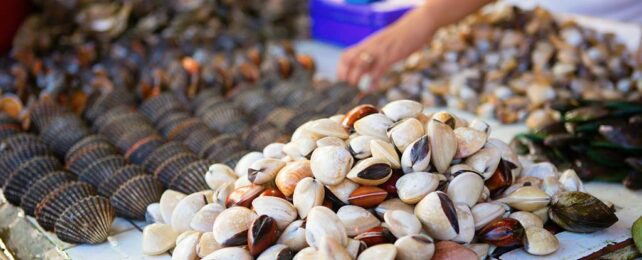The tropical waters that flow between the Philippines archipelago contribute more than four million tonnes of seafood to global markets, positioning the country as the 11th largest seafood producer in the world.
But scientists have discovered two particular toxin-producing species of microscopic marine algae lurking within the region's farmed shellfish samples, sparking concerns for the coastal communities who rely on this industry.
"It is important to be aware of the toxic potential of these diatoms and to monitor them accordingly, but such efforts must begin by establishing their presence in our waters," the authors write.
Diatoms are single-celled algae that produce crystalline glass 'shells' out of hydrated silicon dioxide. These minute living jewels are a major part of phytoplankton, which collectively produce up to half of Earth's oxygen, and are a foundational part of the marine food web.
Among the millions of diatom species out there, just 28 in the genus Pseudo-nitzschia are known to produce a harmful neurotoxin called domoic acid, something you really don't want in your seafood.
Domoic acid can accumulate in shellfish, sardines, and anchovies, because they have diets comprised largely of marine algae like diatoms.
It's extremely rare for seafood laden with this toxin to reach our tables. But human activities are producing more frequent marine algal blooms, increasing the risk that seafood may accumulate domoic acid at levels that produce some pretty concerning side-effects, ranging from vomiting and diarrhea to amnesia and death.

In 1987, three people died and at least 100 were hospitalized on Canada's Prince Edward Island after an outbreak of amnesic shellfish poisoning, in which domoic acid-laced seafood causes the permanent loss of short-term memory. This disaster was traced to blue mussels (Mytulis edulis).
Since then, many seafood industries have kept a close eye on Pseudo-nitzschia blooms, which is why contamination is uncommon in many countries.
But the authors of this new study, from Ateneo de Manila University and Universiti Malaysia Sarawak, found that more work is needed in the Philippines, after finding the amnesia-causing diatoms in shellfish from marine farms off the densely-populated island of Luzon.
Luzon is home to more than half of the Philippines' population, and shellfish is a keystone of many residents' diets. But prior to this study, there were only two published surveys of the Pseudo-nitzschia genus in the Philippines, although another study found domoic acid four times above safe levels in shellfish tissue from Masinloc Bay in Luzon Island.
"Perhaps the first recorded local Pseudo-nitzschia bloom took place off the island of Cebu, but its specific identity was not determined," the authors write.
"Most recently in May 2023, another bloom was detected near Pangasinan, Luzon Island consisting of multiple species."
The team collected seawater samples from Sotto's Tahong Farm in Bacoor Bay, which supplies mussels to Manila and nearby provinces, and from Pagbilao Bay, which has a natural population of the slipper oyster (Magallana bilineata) that is farmed in the coastal towns and fishing villages.
Researchers isolated 15 strains of Pseudo-nitzschia from the seawater and cultivated them in the lab. Using genetic analysis, they found the species Pseudo-nitzschia pungens and Pseudo-nitzschia brasiliana in the samples, both producers of domoic acid.
It's the first time P. brasiliana, which is widely distributed across the tropics, has ever been detected in Luzon, and it was only detected in the Pagbilao Bay sample.
This will hopefully help seafood producers monitor for future harmful algal blooms, and limit future outbreaks of shellfish amnesic poisoning.
This study is published in Diatom Research.
